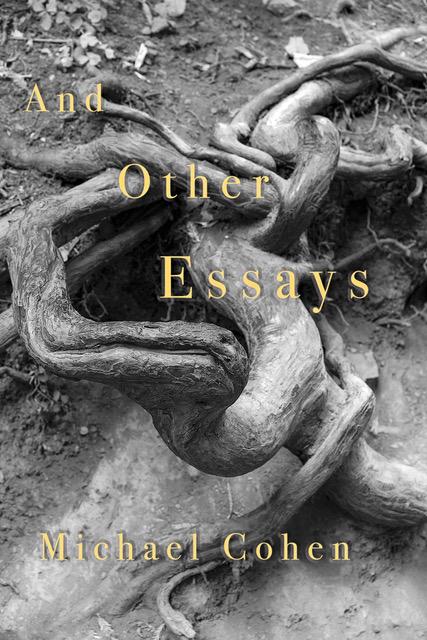The book’s several authors draw parallels among what Poe’s Dupin called ratiocination; what the American philosopher Charles Sanders Peirce, who had read Poe, called by several names, including hypothesis and hypothetical inference, but most often called abduction; and what Doyle’s Sherlock Holmes always oddly called deduction. Abduction, for Peirce, is the process of going from an observation to an interpretation of the fact observed, and it involves a hunch or guess. Thus Holmes sees red dirt on Watson’s boot, knows that the Wigmore Street Post Office has that kind of red dirt that one can’t avoid when entering, and concludes that Watson has been to the Wigmore Street Post Office. Moreover, since Watson was in the same room with him all morning and did not write a letter, together with the fact that Watson has an ample supply of postage stamps in his letter case, leads Holmes to conclude that Watson went to the Post Office to send a telegram. Notice that this kind of guessing—for that is what it is—depends on additional information, such as the state of London streets at the moment and what services are offered at an English post office, but it is not deduction, such as working from some universal such as No post office other than Wigmore Street has red dirt in front of it. Nor is it more than a guess until Watson has confirmed it.
The most ambitious essay in the book, and the one Eco and Sebeok must have regarded as their centerpiece, is that by Carlo Ginzburg, “Clues: Morelli, Freud, and Sherlock Holmes,” which argues that the reading of signs—semiotics—runs through many human endeavors, beginning with hunting, which depends on observing tracks and many other small and seemingly insignificant marks and traces. Diagnostic medicine, also, uses many seemingly unrelated small signs of the body’s appearance and behavior to come to a conclusion. In the nineteenth century, an art historian named Giovanni Morelli developed a method of attribution of paintings based on painters’ particular and habitual ways of depicting small details such as the shape of ears, fingernails, hands, and feet. This technique of connoisseurship has gone in and out of fashion in the years since Morelli used it. Freud saw that the Morelli method of studying seemingly insignificant trifles had a clear parallel in his own practice of psychoanalysis, where usually unnoticed features such as slips of the tongue and absurd dreams could lead to a successful analysis. The observation of seemingly insignificant detail is the cornerstone of the methods of both Auguste Dupin and Sherlock Holmes, but it is not just fictional detectives who rely on minor matters such as a hair or a thread to help solve crimes. Even before Holmes, Alphonse Bertillon had developed a method of identifying people by using measurements of ears and other parts of the head and body—anthropometrics—to differentiate one human being from every other one. Bertillon’s methods were too cumbersome to survive, but by 1880, Sir Francis Galton’s system of identifying people by the unique tiny whorls and convolutions of the minute skin ridges on the tips of their fingers was already in use in one district of India, and of course is now universal. Handwriting analysis is another field that treats tiny parts of written letters of the alphabet as important signs for recognition.
In some of these essays, Sebeok and Eco are just showing off their semiotic or other jargon, but a few others go farther than just self-display or reiteration of the book’s thesis. One of these extends the parallel of Peirce and Holmes to include some observations on the philosopher Karl Popper. Gian Paolo Caprettini’s essay demonstrates that, regardless of his often repeated warning that it’s a capital mistake to theorize without enough data, Sherlock Holmes’s method was to formulate one or more hypothetical explanations on the basis of very little data, and then to look for more data to either confirm or deny such hypotheses. Holmes’s method resembles Popper’s notion of how a real scientist works, in distinction to the conventional notion of “the scientific method,” where hypotheses wait until all the data is in. For Popper, science is much more of a creative act, and Holmes acknowledges that so is his work, insisting as he does that the astute investigator has to have imagination as well as an eye for details.
Some of the reviewers of this book pointed out that its authors might have at least looked at the modern studies of the mystery story, where they would have found that they had been anticipated in their discovery that Charles Sanders Peirce, in his reading of Poe and in his own writings, was an important parallel figure in the history of crime fiction and its detectives.
